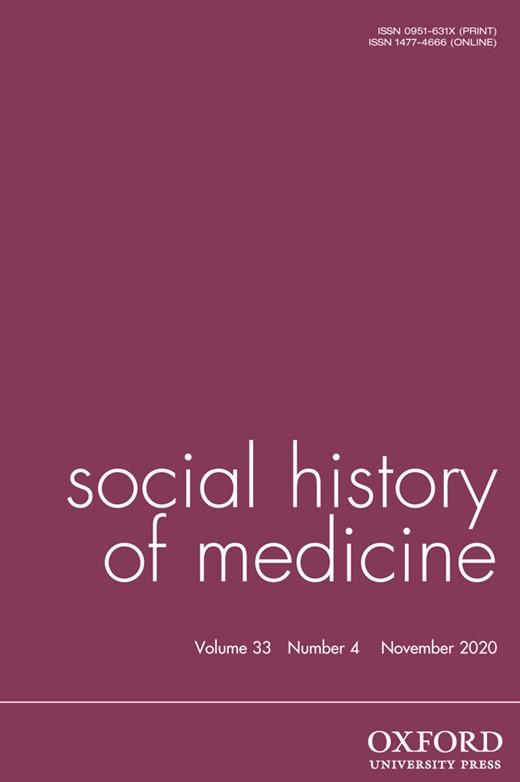-
Views
-
Cite
Cite
Violeta Gilabert, Benjamin Kingsbury, The Dark Island: Leprosy in New Zealand and the Quail Island Colony., Social History of Medicine, Volume 33, Issue 4, November 2020, Pages 1394–1395, https://doi.org/10.1093/shm/hkaa033
Close - Share Icon Share
Extract
Early cases of leprosy in New Zealand—a small, isolated, recently established colony in the South Pacific—may have been minor by imperial standards, but as Benjamin Kingsbury rightly points out, their magnitude was of much greater significance by the measure of the lives affected. By focusing on the lives of those ‘whose passport(s) to the land of the well had been so abruptly cancelled’ (p. 32), the author gives weight to this comprehensive and highly accessible work of history.
Leprosy itself was chronic and only mildly contagious, but its discovery saw family ties swiftly broken, jobs given over and freedom to travel terminated indefinitely. New Zealand adopted a policy of completely isolating sufferers on Quail Island, a stock quarantine facility in the southern harbour of Lyttelton, suggesting a disproportionate fear of leprosy compared to other diseases. While England’s youngest colony did not follow the example of its Australian and South African counterparts in imposing legal measures to segregate leprosy sufferers, once diagnosed they were condemned to a reduced lifetime of private suffering and official neglect nonetheless. As Kingsbury explains, leprosy stigma had many layers—biblical, medical, imperial and racial—resulting in a public fear that was ‘well out of proportion to the risk of infection’ (p. 2).




